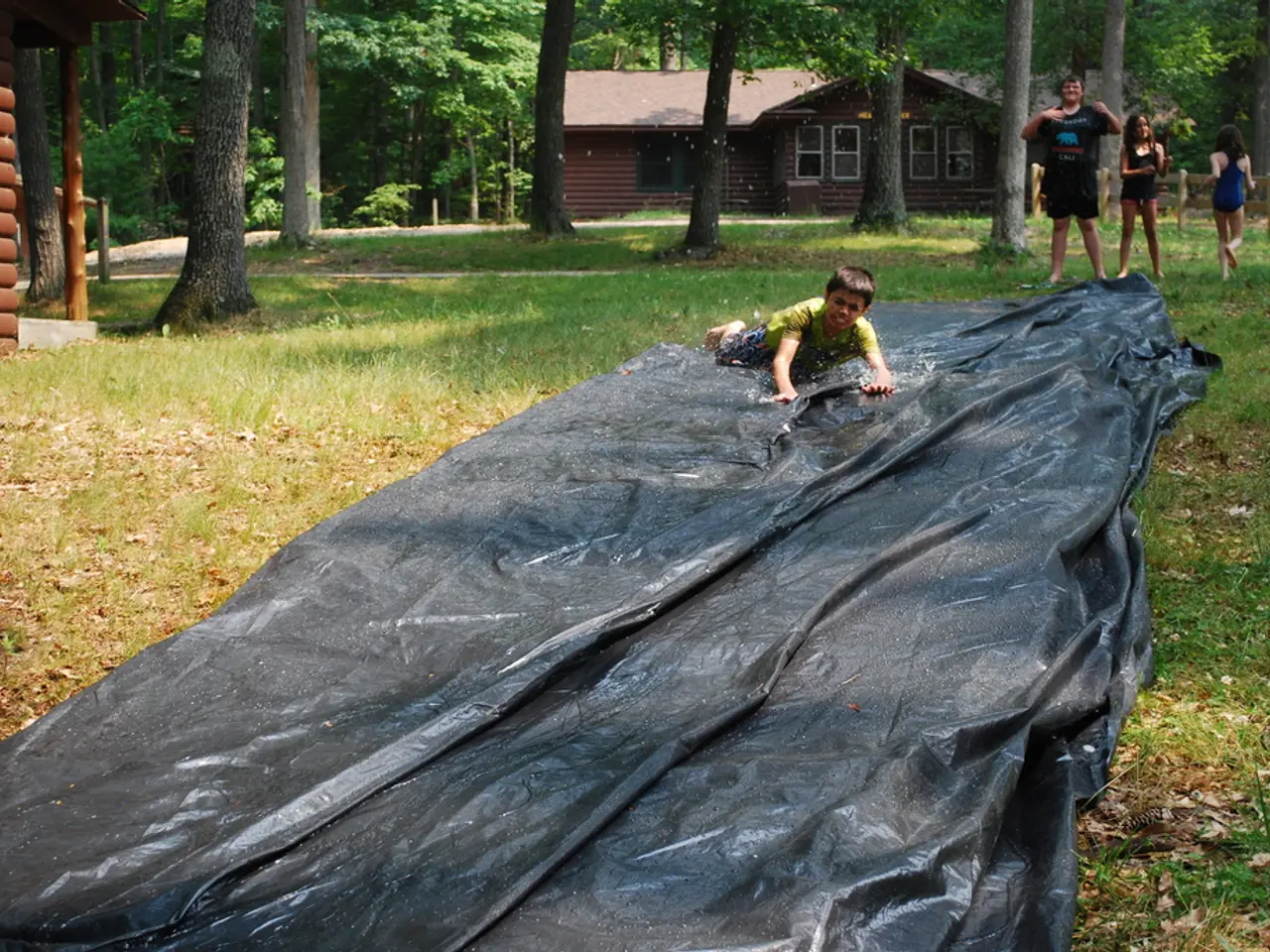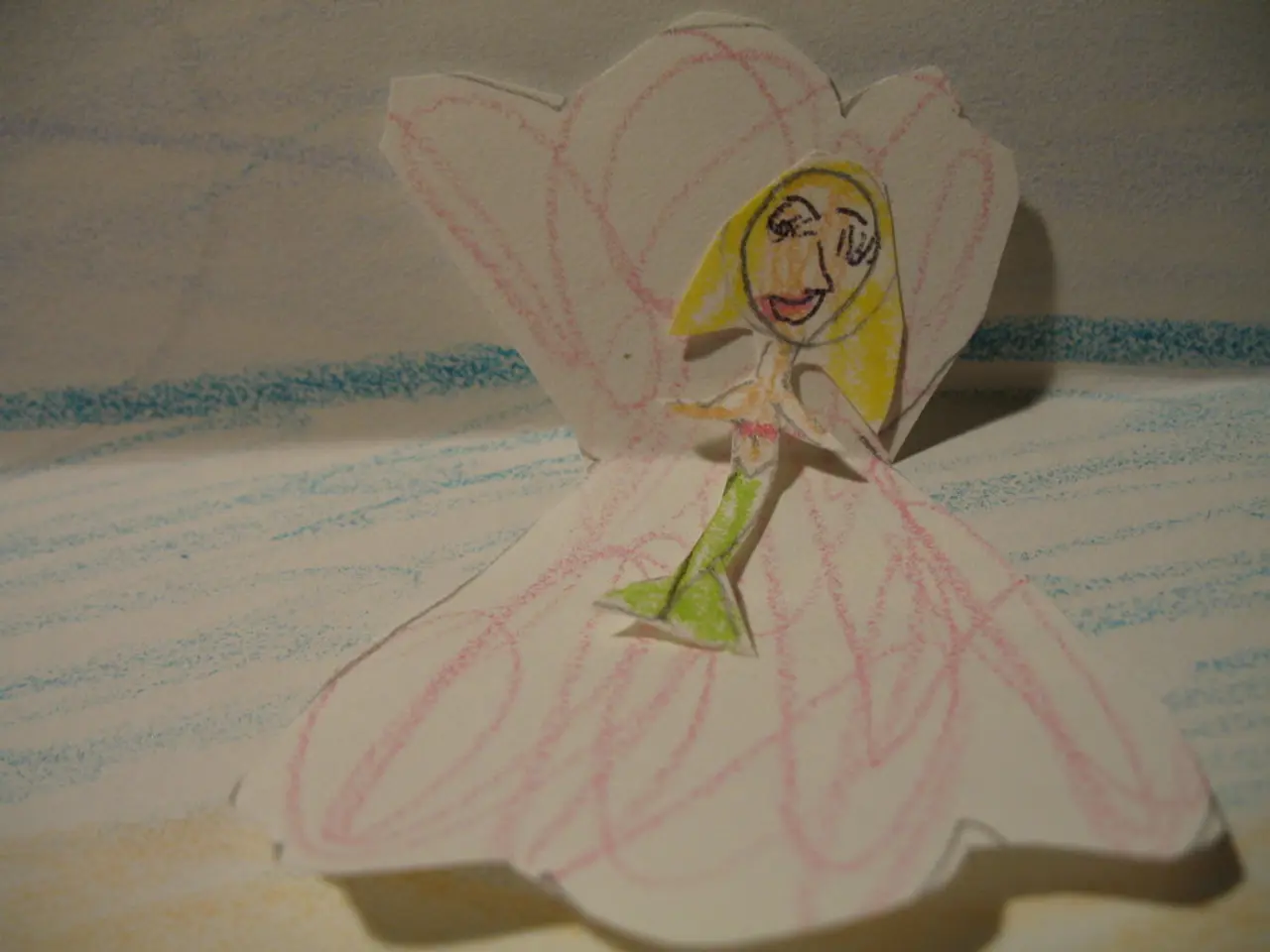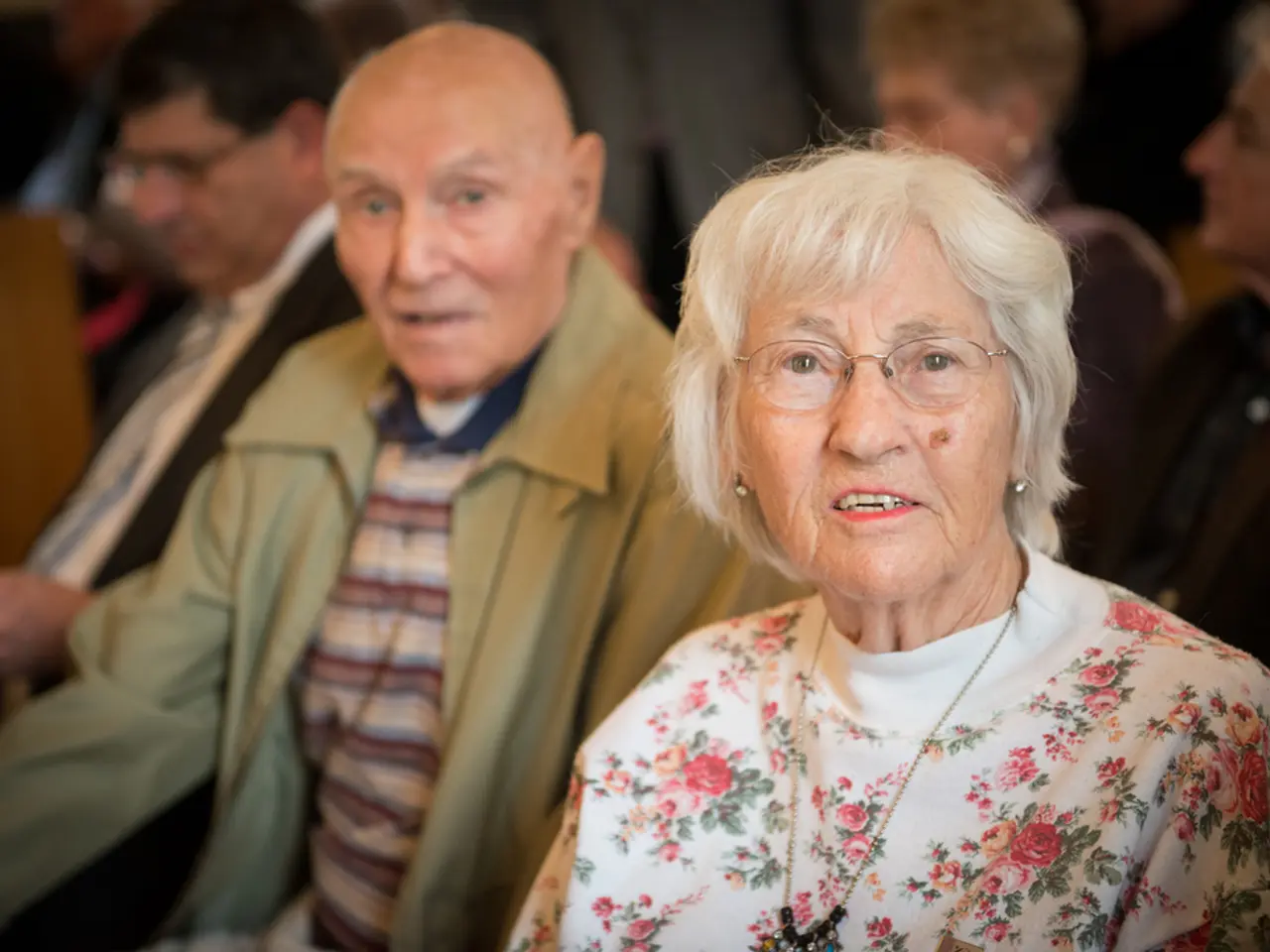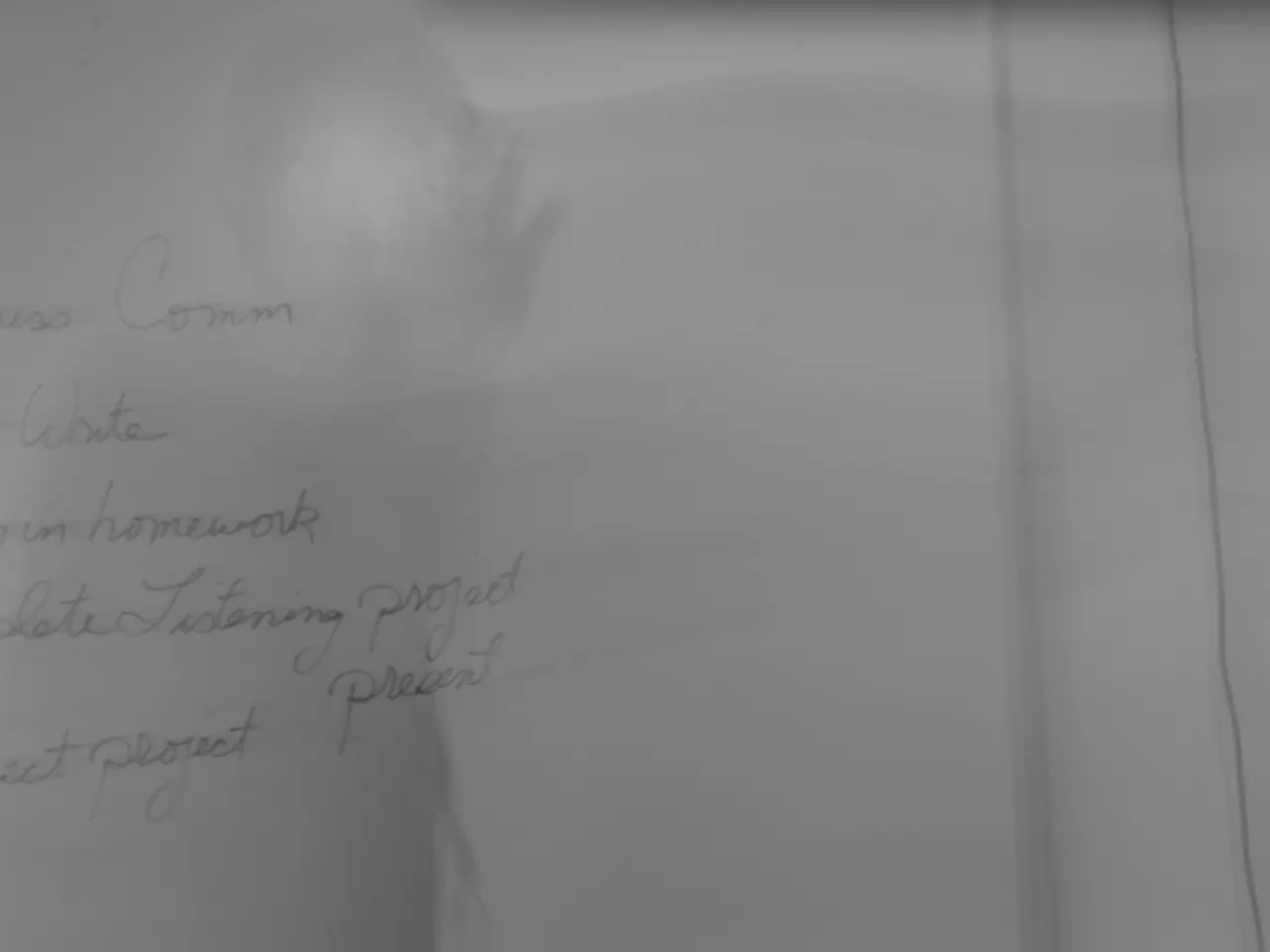Differing Manifestations and Development of Tarsal Coalition Across Childhood and Adulthood
Tarsal coalition, an uncommon condition that affects the bones in the feet, can cause symptoms in both children and adults. This condition is characterised by an abnormal connection between two or more tarsal bones, often due to genetic factors.
## Symptoms
In children, symptoms might not appear until late childhood or adolescence. When they do, they often include pain and stiffness in the midfoot or hindfoot area, particularly during activities. Adults, on the other hand, typically experience more pronounced pain, especially with weight-bearing activities, and may have limited ankle motion. The pain is often localised around the middle or back half of the foot, below the ankle.
## Progression
The condition may not be diagnosed until symptoms become apparent, often during adolescence in children. Early diagnosis is crucial to prevent further degeneration. In adults, over time, the coalition can lead to arthritis and increased pain due to wear and tear on the abnormal joint.
## Treatment Strategies
For children, initial approaches often involve conservative treatments such as orthotics and physical therapy to manage pain and improve mobility. In some cases, bracing may be recommended. Surgery might be considered if conservative treatments fail and the child is nearly fully grown.
Adults typically begin with conservative management similar to children, including orthotics and anti-inflammatory medications. If pain persists, surgical options like resection of the coalition or fusion of the affected joints may be considered.
Resection, a procedure that removes the coalition and inserts fat or muscle tissue to prevent reformation, is a popular treatment for younger people with less severe coalitions. In more severe situations, particularly in adults with arthritis, arthrodesis (the fusion of the affected joints) may be needed to reduce discomfort and restore function.
Consulting with an orthopaedic specialist is crucial to determine the most appropriate surgical intervention for individual cases. The choice between resection and arthrodesis depends on multiple factors, including the individual's age, the extent of joint damage, and overall medical condition.
Non-surgical treatments for tarsal coalition in both children and adults include rest, activity modification, orthotics, supportive footwear, physical therapy, and pain management with NSAIDs. Surgical treatment for tarsal coalition is recommended when conservative therapy fails to alleviate symptoms.
Diagnosis of tarsal coalition in children might be easier due to recurring ankle sprains and foot pain, while in adults it can be more complicated due to the presence of arthritis or other foot conditions. Tarsal coalition can be composed of fibrous, cartilaginous, or osseous tissue.
In conclusion, early detection and intervention are key for better outcomes in both children and adults with tarsal coalition. Treatment strategies are tailored to the individual's age, symptoms, and severity of the condition. If you or your child are experiencing persistent foot pain or stiffness, it's essential to consult with a healthcare professional to determine the cause and appropriate treatment options.
- As children grow older, they may develop chronic foot pain and stiffness due to undiagnosed tarsal coalition, a medical condition that needs early intervention to prevent further health-and-wellness issues.
- Science and medical therapy have offered solutions for tarsal coalition, with a range of treatment strategies available depending on the severity of the chronic diseases and the age of the patient, including physical therapy, orthotics, surgery, and medication.
- For individuals dealing with tarsal coalition, understanding the symptoms, the relevance of early intervention, and the various health-and-wellness treatments available is crucial in managing and potentially alleviating this complex and uncommon foot condition.




